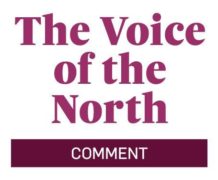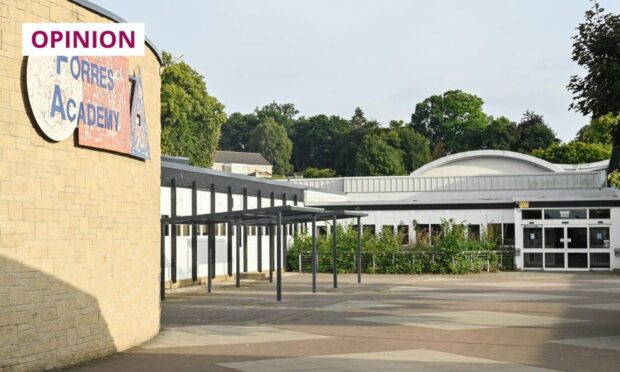Educators and the children in their care faced previously unimaginable challenges as a result of Covid lockdowns.
Teachers and young people of all ages are still recovering from the lasting psychological effects of long-term school closures, online learning and attempts to socially distance in classrooms and corridors.
During the darkest moments of the pandemic, many people longed for a time when health worries would ease and schools could focus once again on the vitally important task of educating the next generation without interruption. While that day did eventually arrive, sadly a relative return to normal did not equate to plain sailing in the world of education.
 Staff shortages and teacher strikes over pay disputes led to more disruption, not to mention the reinforced autoclaved aerated concrete (Raac) crisis currently prompting justified panic and cancelled lessons across the north and north-east, as well as elsewhere in Scotland and the wider UK.
Staff shortages and teacher strikes over pay disputes led to more disruption, not to mention the reinforced autoclaved aerated concrete (Raac) crisis currently prompting justified panic and cancelled lessons across the north and north-east, as well as elsewhere in Scotland and the wider UK.
Every child who grows up in this country deserves access to a decent education; stability and support play just as big a role in delivering that as teaching and learning do. Unfortunately, many of our children and grandchildren who began their formual education during or after 2020 have known nothing but turbulent schooling.
Schools need co-ordination, collaboration and preparedness
Dedicated school staff have a difficult job to do with increasingly limited resources and they, too, need support and stability in their work and workplace. Since the SNP came into power more than 16 years ago, the Scottish Government has stressed that improving education in Scotland is among its top priorities.
For that to happen, effective coordination and collaboration between individual schools, local councils and national government is paramount. Preparedness and being aware of potential areas of difficulty before they become a problem are equally vital.
It takes a village to raise a child, and teachers, teaching assistants, support staff, councillors and MSPs all play a key role in the life of every young person in Scotland
An example you’ll read about on the P&J website is keeping a close eye on school capacities in order to avoid any issues relating to oversubscription or undersubscription.
On top of ensuring the wellbeing of staff and pupils, the quality of teaching and the success of learners, the Raac mess highlights that the condition of school buildings themselves must be carefully monitored. That to-do list would be overwhelming for one head teacher to handle, but education is a shared responsibility.
It takes a village to raise a child, and teachers, teaching assistants, support staff, councillors and MSPs all play a key role in the life of every young person in Scotland.
Above all else, we must focus on equipping children with the tools they need not just to be intelligent but also happy, confident and secure in themselves.
The Voice of the North is The Press & Journal’s editorial stance on what we think are the most important issues of the week

